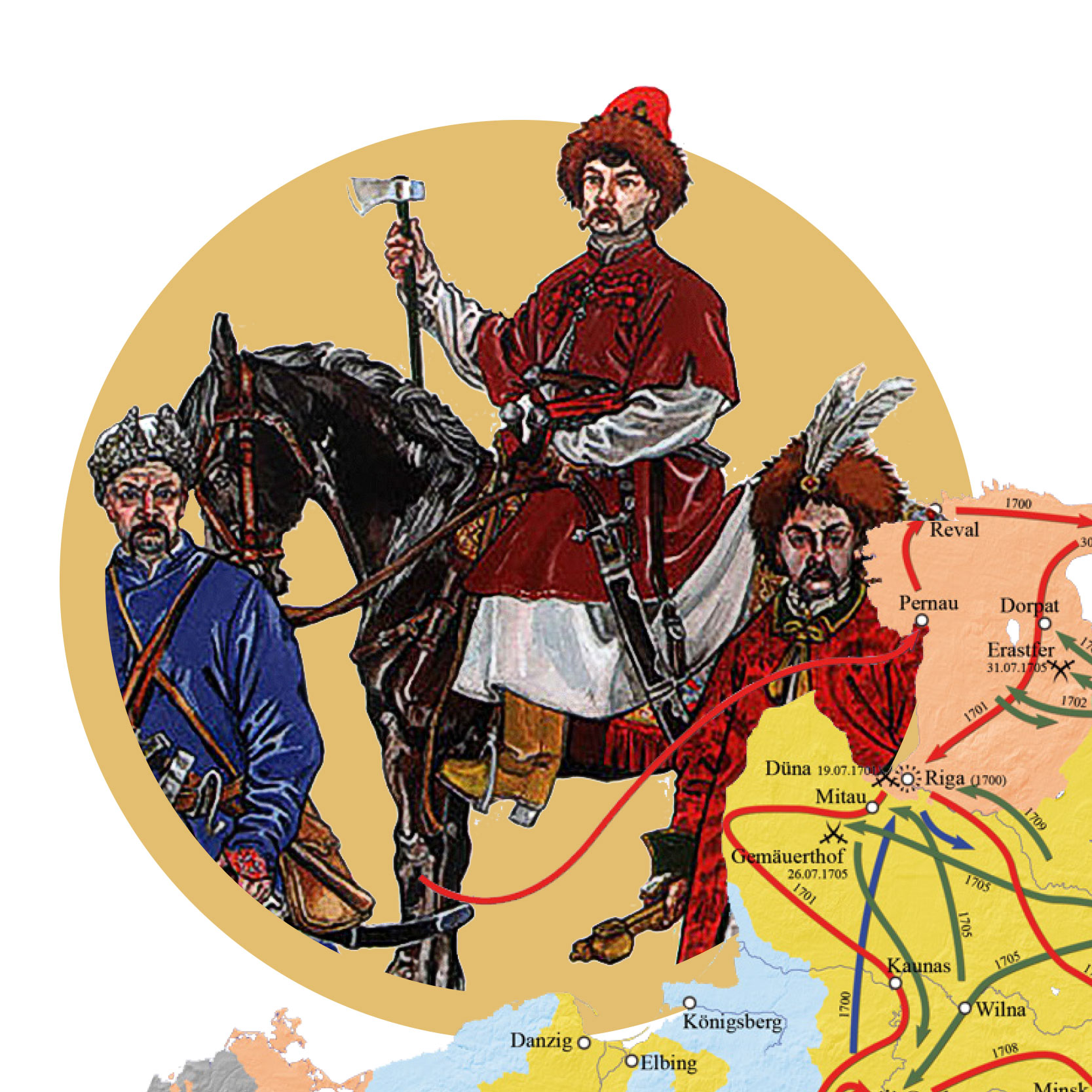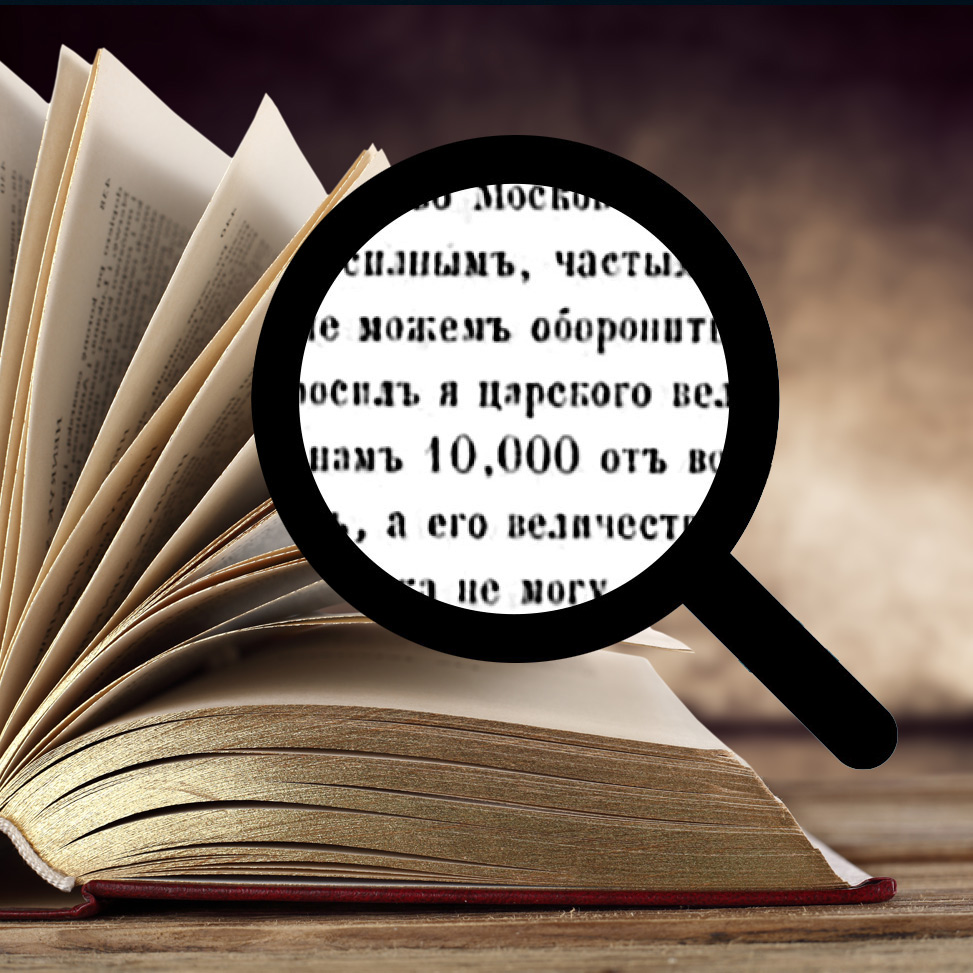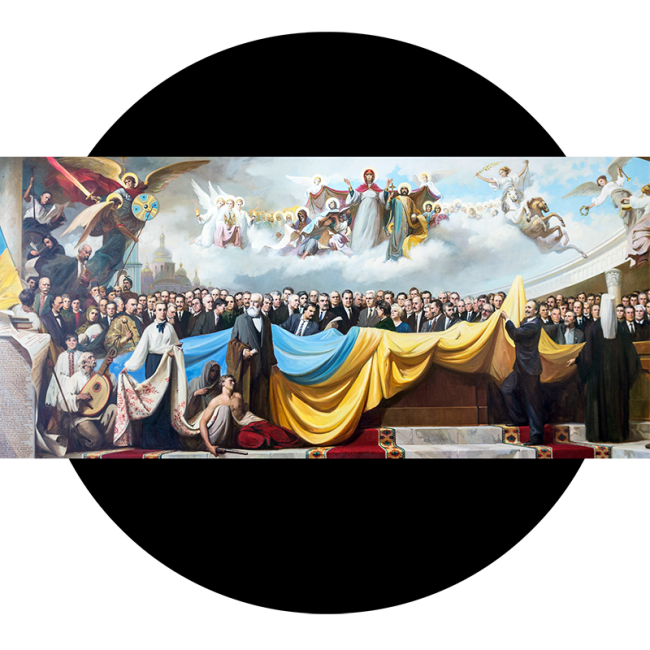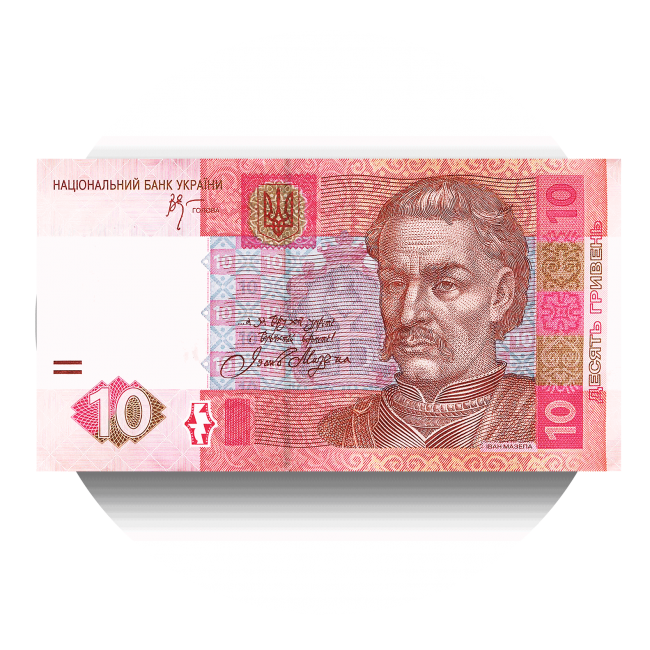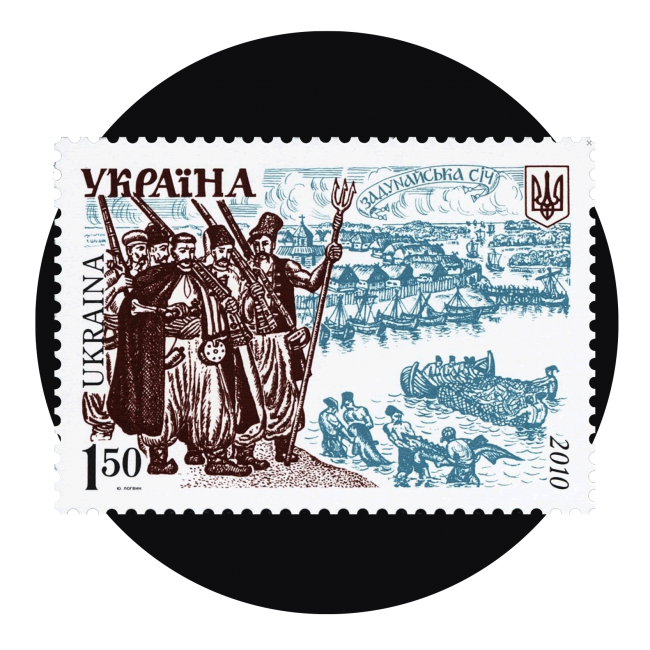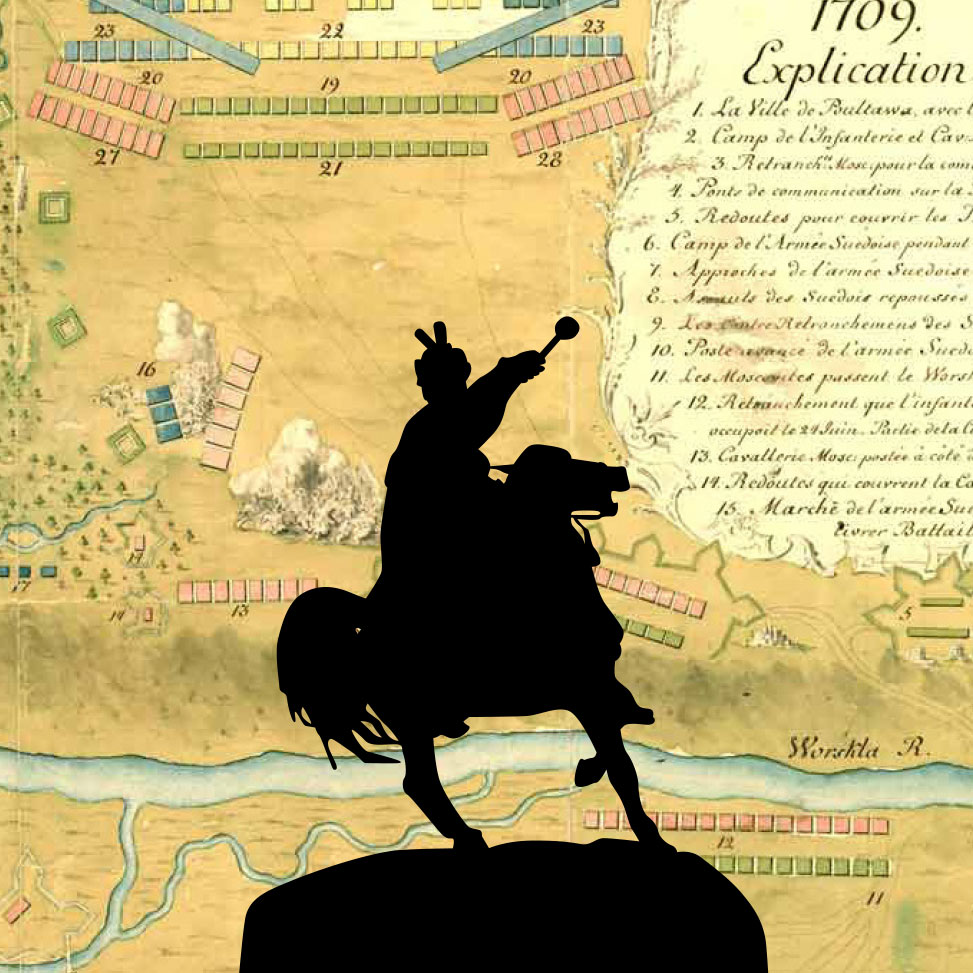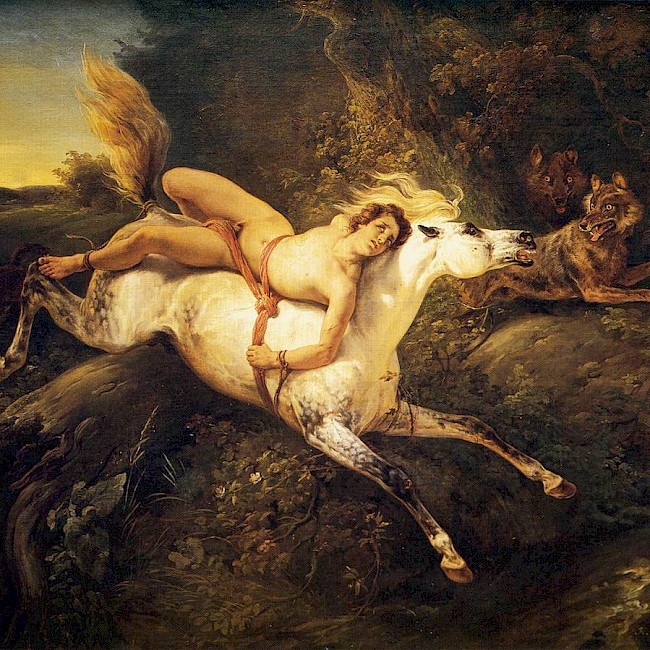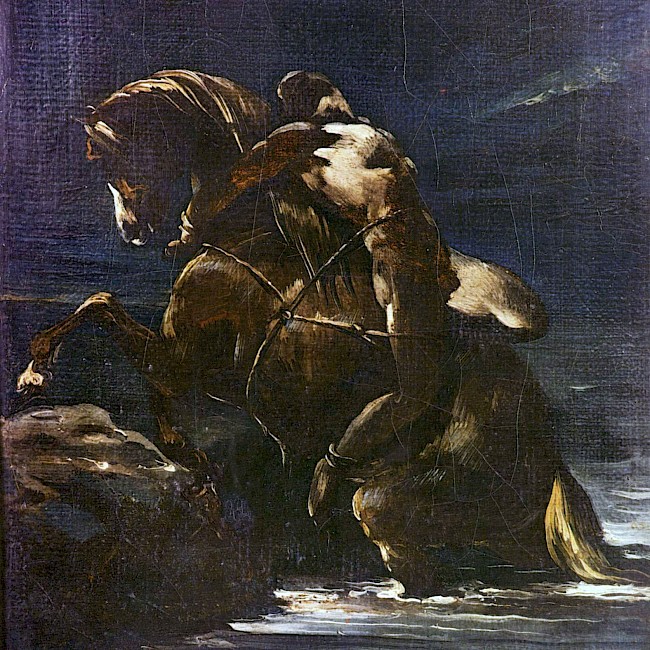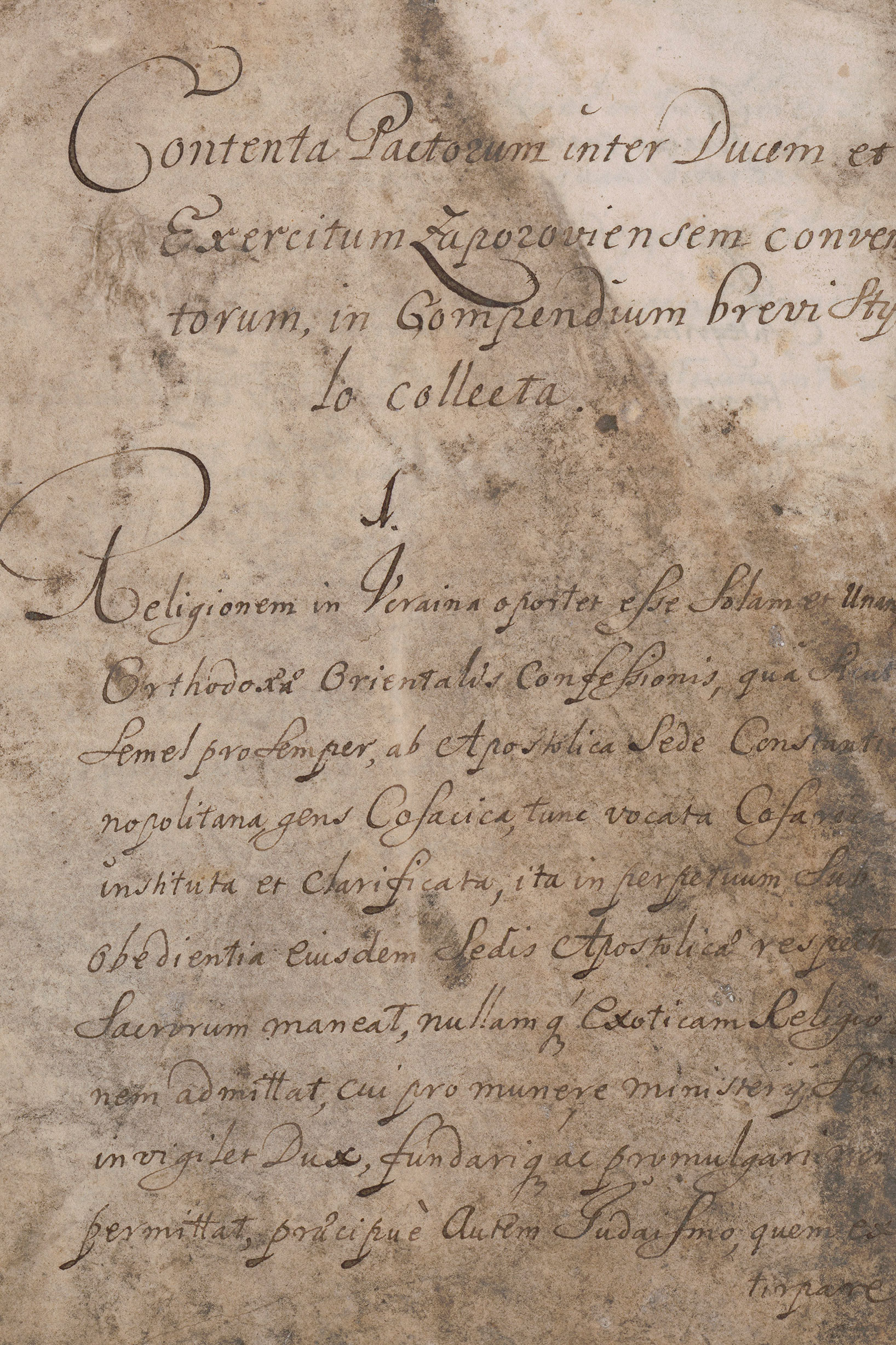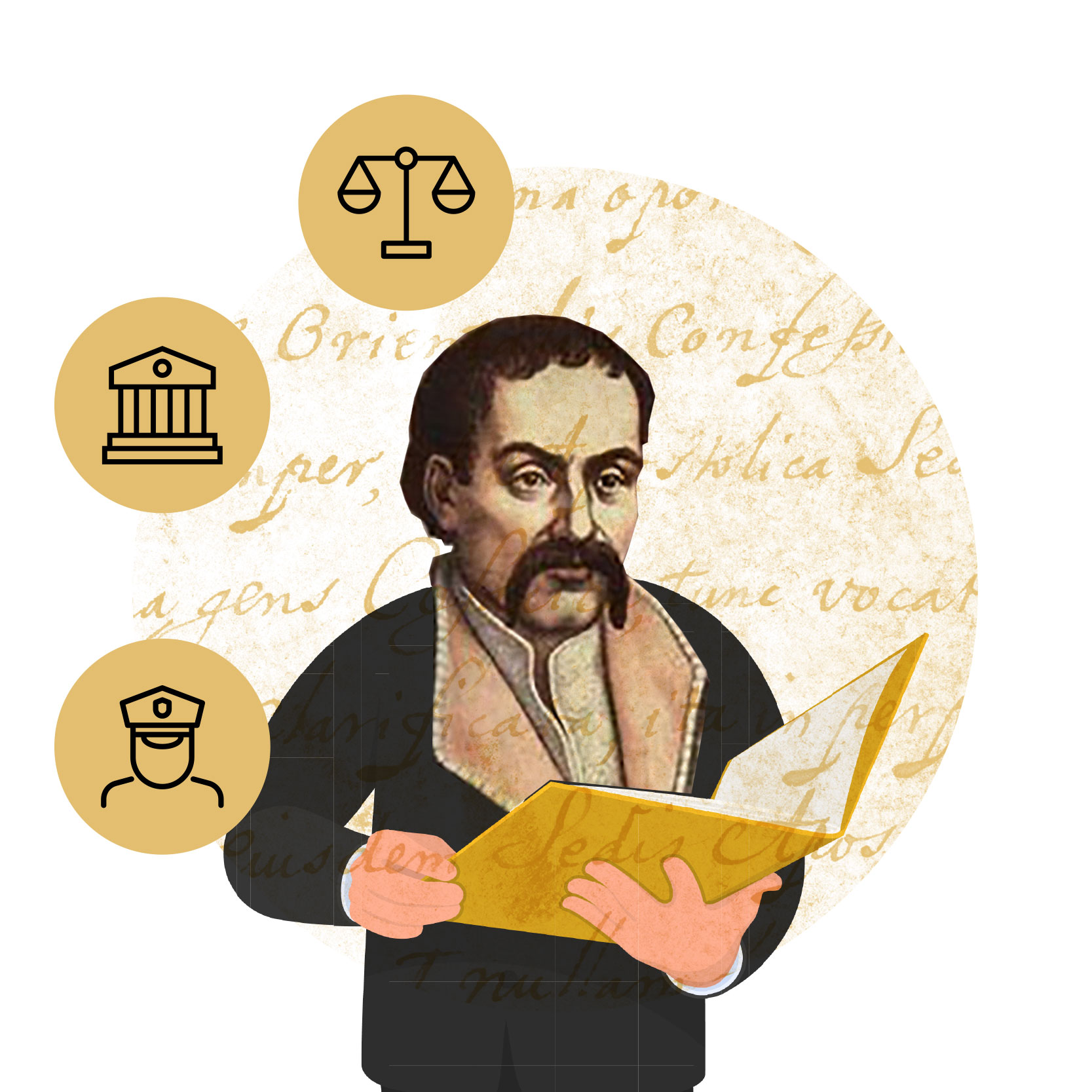During the Great Northern War (1700–1721), the Tsardom of Russia and Sweden fought one another for supremacy in the Baltic Sea region under changing alliances. In 1708, the allied powers of Sweden and Poland appeared to have won the war. The area of the Hetmanate became a theatre of war while the majority of Cossack regiments were deployed on distant battlefields in the north. The Cossack cavalry suffered heavy losses over the course of the campaigns. This experience in the war and an impending invasion by foreign powers gave rise to the sentiment among the Cossacks that the Tsar had abandoned them as their protector.
All this occurred against the backdrop of Peter the Great's reforms severely limiting the control of the Hetman. A reform to the Cossack regiments and their command structure by the Tsar was imminent. Mandatory labour services to be performed by Cossacks and the construction of Tsarist fortresses were enforced. The Hetmanate's existence and the survival of its population were at risk: the Tsar had given the order to leave nothing but scorched earth to the approaching Swedish troops.
